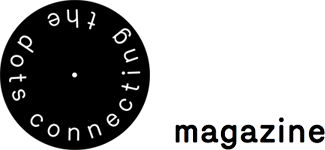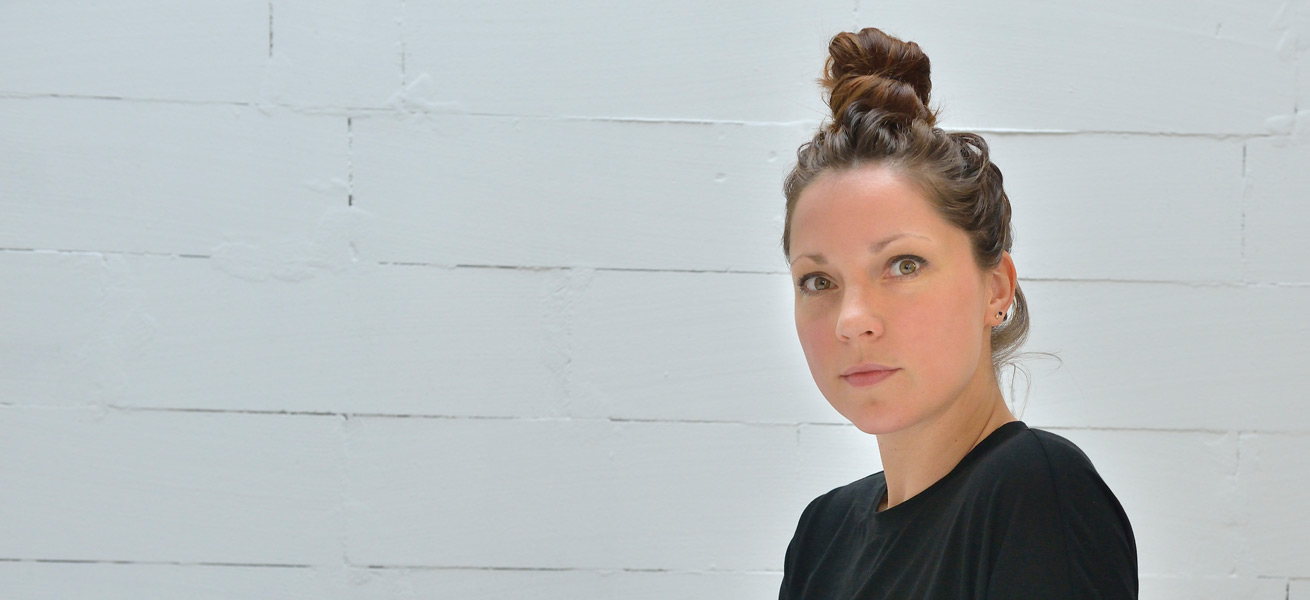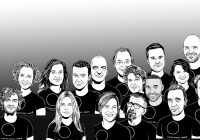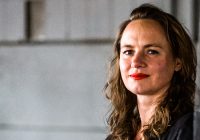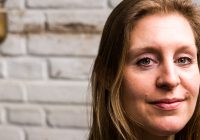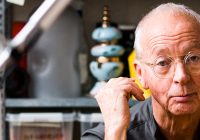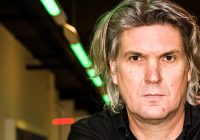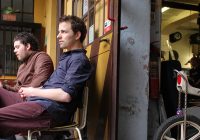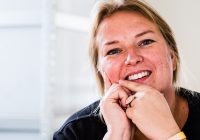Text by Anna Bates
Photo by Ilco Kemmere
Mae Engelgeer presented her work at the Milan Design Week at Ventura Lambrate.
How did you become a textile designer?
I come from a fashion academy and specialized in textile design, but it always felt unnatural to me: I would develop nice fabrics, silkscreen and knits and then I had to find a shape to use them in. After college I worked for two years for a fashion brand, but I wanted to do something more closely with material. I did a master course in applied arts at the Sandberg Institute, and realised that the material itself could be the end result.
What is your start point, with a new design?
I work from feelings; what I do reflects the way I see the world at that moment. Often it starts with a certain colour. It all becomes connected – the way I dress, my nail polish – I’m in this flow. People often say they recognise my work. This must be because I work from feeling and reflect things I pick up on in my life.
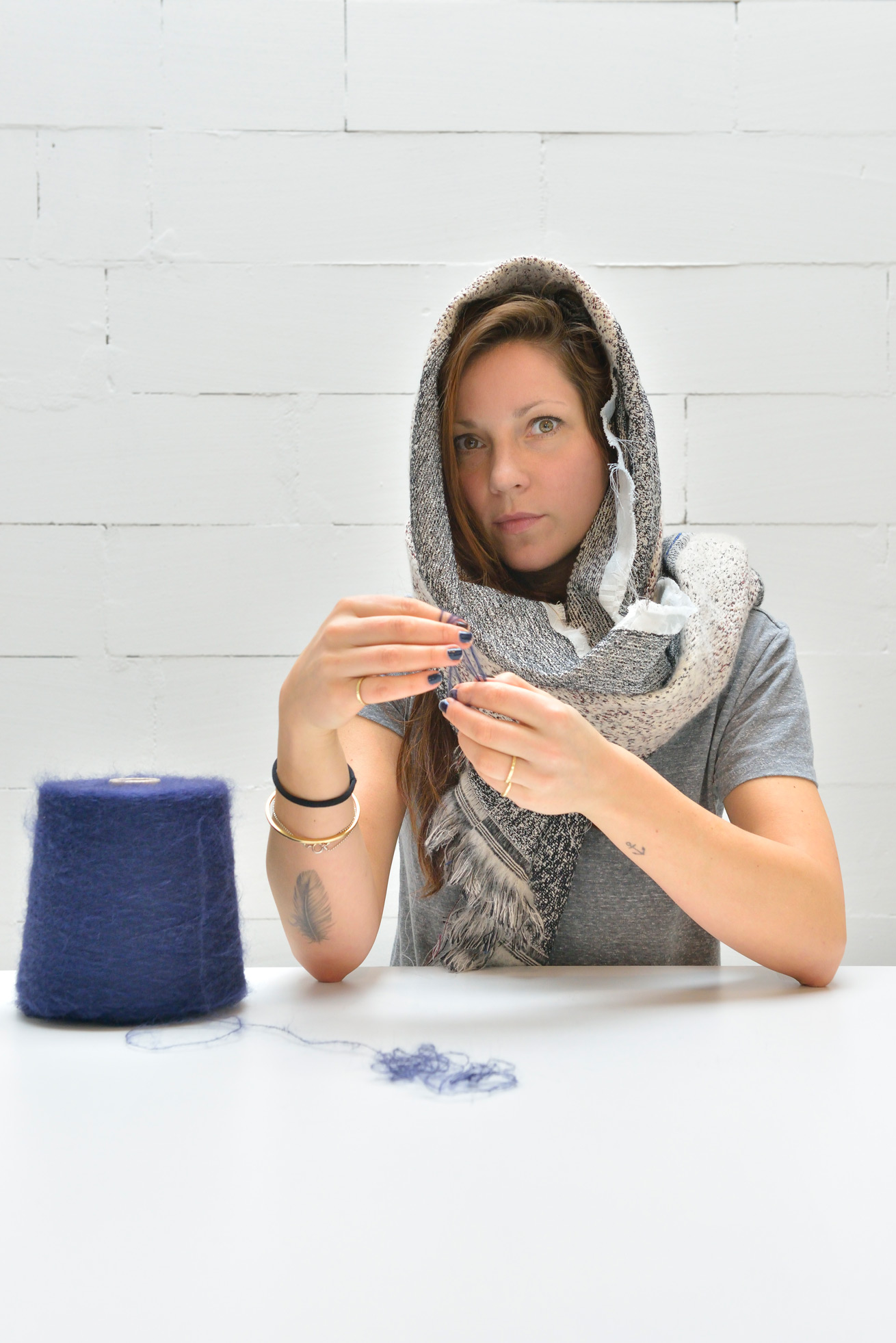
Mae Engelgeer
Where do you look for inspiration?
I don’t look for trends. I collect things: second hand sweaters, a nice piece of paper, material, colour, a yarn. I also enjoy city life; I’m not someone who goes into the woods to look at nature. Because I work with textiles people sometimes think that, but that is just not me, I enjoy city life too much. My inspirations are more likely to come from fashion and architecture.
How does all of this translate into a product?
It’s difficult to describe: I can see some kind of image, but mostly it’s a sense for what direction the piece should be. I’ll build a composition with colour, material, technique and pattern. A line could be placed here. It’s not super structured it just has to feel right. I’ll first draw by hand, and then later turn it into a digital file.
Are you heavily involved in the making process?
During the development process it is best to stand next to the machine to see what happens. I like to adjust and respond at the spot. I will start with an idea and finish it when we are making the samples. For production the machines do all the work, it just needs to be finished and packed. When I started I used to do some of the finishing stitches myself – now I’m busy with the designing.
What is the importance of Milan for you?
It’s a good time to reflect on your work. It can be really clear, when you see your work and have conversations with other people, what you want to do differently. So mostly I make new plans for the coming year.
